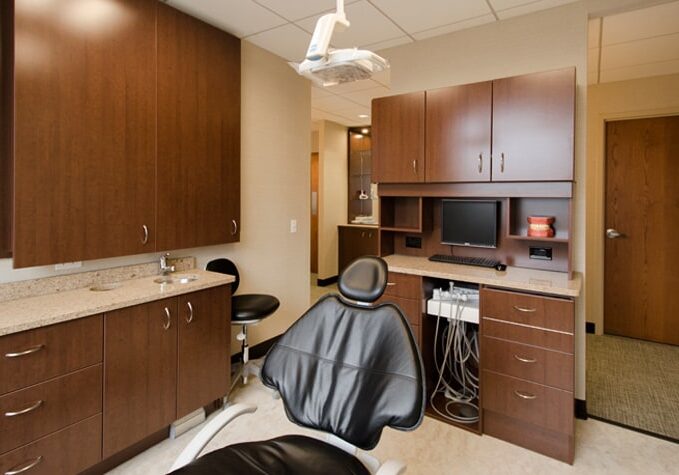
If you are considering a renovation or remodel of your dental practice, you have already started to think about how much it might cost and how the economics of your practice will support the project. It’s worthwhile also to consider the tax aspects of such a project because there are tax benefits available that can make improvements easier to afford.
Most of those opportunities are related to the use of depreciation, a “noncash” expense designed to enable the replacement of assets over time through reduced taxes. When you acquire new assets for your practice, their cost is deducted, or depreciated, over a given number of years which is called useful life.
The main asset types relevant to dental office renovation have useful lives ranging from 5 to 39 years for tax purposes. The longest of these is leasehold improvements at 39 years, meaning that you can take an annual depreciation tax deduction of 1/39 of the amount spent on leasehold improvements. Equipment and technology have the shortest useful lives at 5 years, which allows you to take a 20% depreciation each year.
The large difference between the depreciation schedules makes it attractive to move assets in the 39-year category to the 5-year category so you can maximize the write-off before you retire. There are legal opportunities to do so.
These stem from a 1997 ruling in which a tax court sided with Hospital Corp of America against the Internal Revenue Service when HCA argued that certain costs such as plumbing and electrical were necessary to operate equipment and should be counted as part of the equipment and depreciated over 5 years instead of 39.
This has given rise to an IRS-approved method of accelerating your depreciation, thereby increasing your cash flow, called cost segregation. It effectively reduces the depreciable life of your assets so you can accelerate your annual depreciation and reduce your tax liability.
In a dental office redesign, cost segregation will assign the cost of improvements needed to make equipment operational, such as water, electricity, air and suction, to the depreciation category of the equipment. You can also assign a proportionate share of the project’s soft costs such as building and utility permits to the accelerated schedule.
It can be tricky to categorize assets properly and you will want to consult an accountant well versed in the intricacies. An accountant familiar with dental office construction can also point you towards credits for spending to comply with the Americans with Disabilities Act and eligible business energy investment.
Apex has undertaken many dental practice remodels and we know how important it is to get the details right, from design to financial planning. Call us today to learn more about putting that expertise to work for you.
